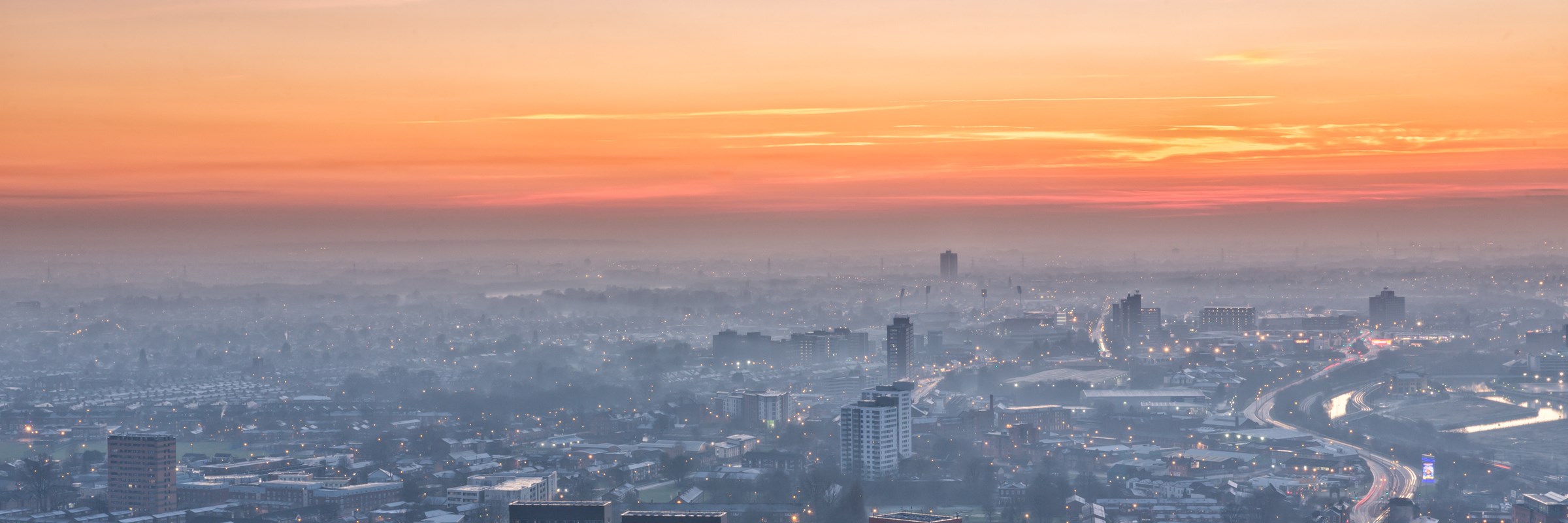
The Plan
The content on these pages is for reference only.
Following the decision of Stockport Council on December 3 2020, Greater Manchester’s Plan for Homes Jobs and the Environment (the Spatial Framework) is no longer being progressed.
The documents on this page are for information and historical reference only. They are not currently live supporting documents.
Following the AGMA meeting on 12th February, Bolton, Bury, Manchester, Oldham, Rochdale, Salford, Tameside, Trafford and Wigan councils will all be asked to agree to form a joint committee to prepare Places for Everyone - a joint development plan for jobs, new homes and sustainable growth across their boroughs.
The Plan Documents
View the full plan at the bottom of this page
The story so far...
Greater Manchester's Plan for Homes, Jobs and the Environment (the spatial framework) is a plan prepared on behalf of the city-region's 10 local authorities. The plan looks ahead over the period of 2020-2037.
This plan is about providing the right homes, in the right places, for people across our city-region. It's about creating jobs and improving infrastructure to ensure the future prosperity of Greater Manchester. It is our plan to manage growth so that Greater Manchester is a better place to live, work and visit.
The plan talks about jobs and homes, but it's about so much more than bricks and mortar. It's about reducing inequalities, improving the lives of our residents, and transforming Greater Manchester into the world-leading city-region we know it can be.
There have already been two previous consultations on the GMSF. The first draft of the GMSF (2016) saw more than 27,000 residents in Greater Manchester provide feedback during the consultation, and the plans then underwent significant review, making changes including reducing the Green Belt impact.
The second consultation took place in 2019 and more than 17,500 people, businesses and community organisations responded, and more than 67,000 comments were submitted.
In 2020 we are carrying out the 'Publication Stage' of the plan, it is the final stage of consultation before the plan goes to the Secretary of State who will then appoint an independent inspector or inspectors to examine the plan.
Why are we doing this?
We have to prove we have enough land available to deliver the homes people need up until 2037. If we don't, we will have less control over the future space of Greater Manchester and growth will take place without being properly planned for the benefit of all.
If we get this plan right, we can do it our way and steer development in a way that works for us - delivering coordinated, strategic improvements we need in the city-region.
The plan focuses on making the most of Greater Manchester’s brownfield sites, prioritising redevelopment of town centres and other sustainable locations. It will also help to address the housing crisis with a minimum target of 50,000 additional affordable homes – 30,000 of which will be social housing.
This plan also focuses more heavily on the environment compared to the 2016 draft. We’ve ensured there is an overall reduction in proposed green belt release of 60% by removing some areas that had been earmarked for development in the previous plan, reducing the loss of green belt within sites, and proposing additions to the green belt.
What the plan covers
This plan:
- sets out how Greater Manchester should develop up until 2037;
- identifies the amount of new development that will come forward across the 10 districts, in terms of housing, offices, and industry and warehousing, and the main areas in which this will be focused;
- supports the delivery of key infrastructure, such as transport and utilities;
- protects the important environmental assets across the city region;
- allocates sites for employment and housing outside of the existing urban area; and
- defines a new green belt boundary for Greater Manchester
The Plan
View the plan as presented to AGMA Committee 30-10-2020
View the accompanying executive paper (moderngov - external website)